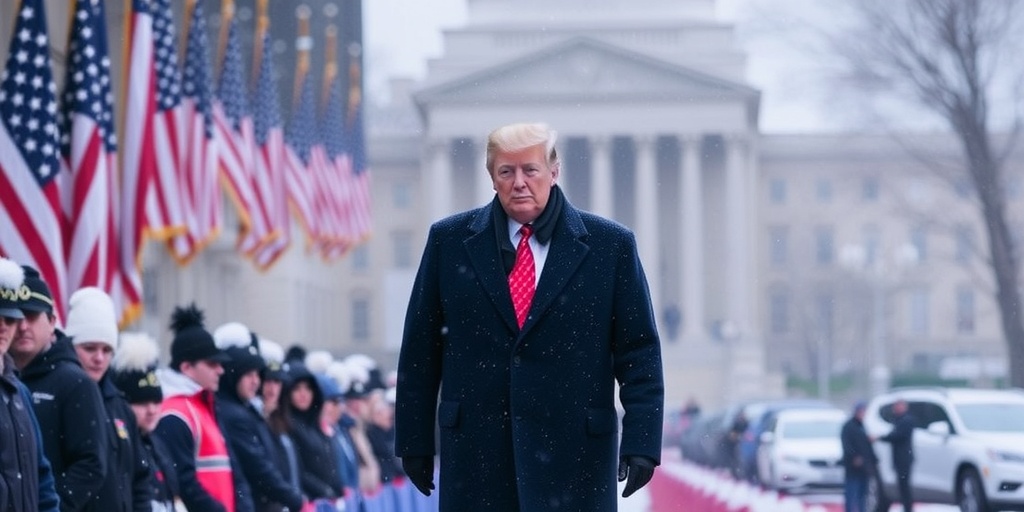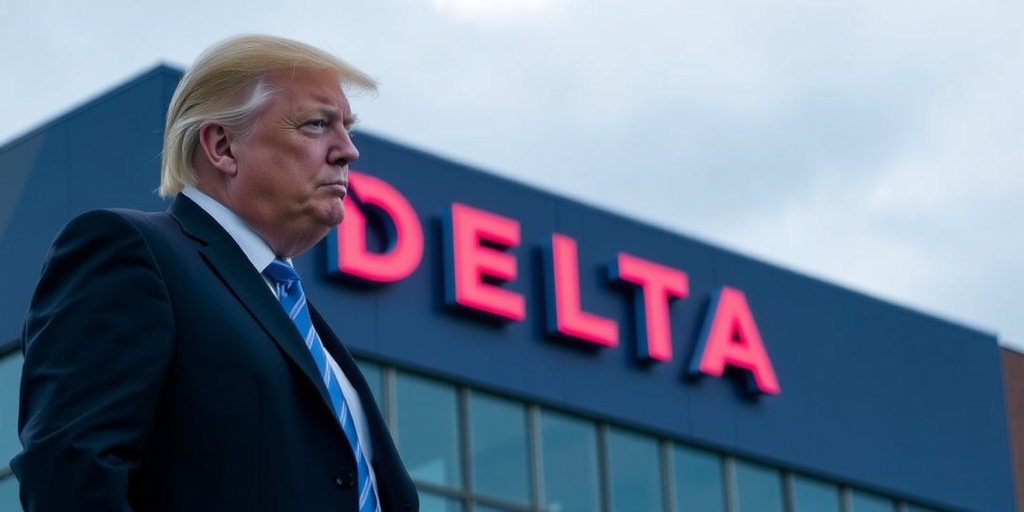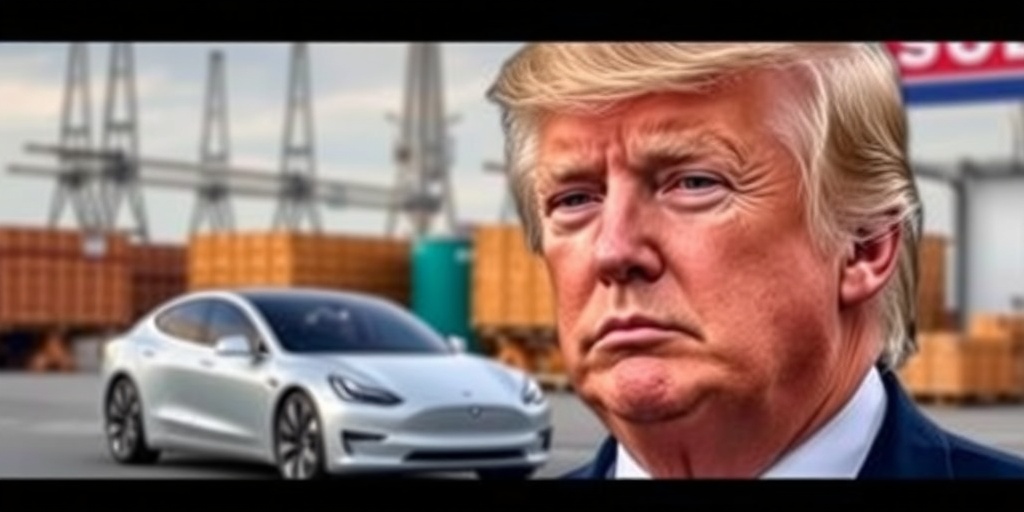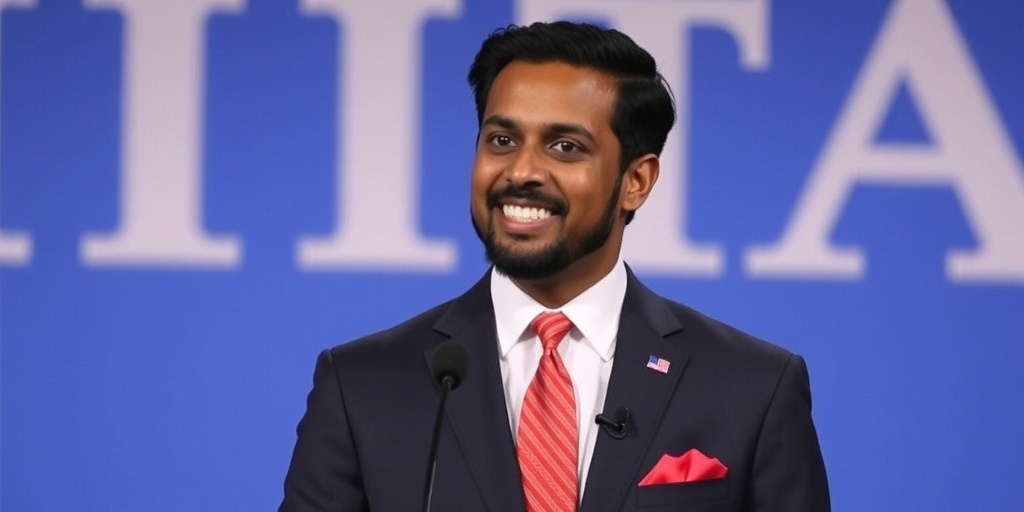Now Reading: Monday Expected to Be One of the Coldest Inauguration Days in Decades
-
01
Monday Expected to Be One of the Coldest Inauguration Days in Decades
Monday Expected to Be One of the Coldest Inauguration Days in Decades

Cold Weather Forces Indoor Inauguration for President Trump
In a remarkable turn of events, Donald J. Trump, who was first inaugurated at a pleasant 48 degrees Fahrenheit on January 20, 2017, has made headlines once again as he prepares for a second swearing-in ceremony under dramatically different weather conditions. With a bleak forecast predicting a high of only 23 degrees Fahrenheit, the upcoming inauguration is poised to be one of the coldest in the history of U.S. presidential inaugurations.
In light of the exceedingly frigid temperatures, Trump made an announcement on Friday deciding to relocate the ceremony indoors, a move reminiscent of past inaugurations during severe weather. The last indoor ceremony took place for Ronald Reagan’s second inauguration on January 21, 1985. That particular day was marked by chilling conditions that necessitated the cancellation of the accompanying parade. A report from The New York Times noted the city’s palpable relief at the parade’s cancellation due to the bitter cold, which set the tone for a historic day.
Weather records from the National Weather Service reveal just how brutal conditions were during Reagan’s inauguration: the temperature hovered around a mere 7 degrees Fahrenheit at noon, with the morning grappling with lows of 4 degrees below zero. The daytime high barely managed to reach 17 degrees, compounded by wind chill that plummeted to between 10 to 20 degrees below zero.
As this year’s inauguration approaches, the anticipated weather is less severe but still noteworthy. An influx of arctic air is expected to sweep across large portions of the United States in the days leading up to the ceremony. In Washington, D.C., temperatures are projected to nosedive starting Sunday, which is forecast to coincide with gusty winds reaching up to 30 miles per hour along the National Mall. Additionally, there is a moderate probability of snow afflicting the city on Sunday, contributing to the unwelcoming conditions.
Local forecaster Jeremy Geiger from the Weather Service office in Sterling, Virginia, emphasized that with temperatures already standing below freezing, the wind will significantly enhance the cold sensation on the Capitol’s open space. The wind chill is anticipated to drop to approximately 5 degrees Fahrenheit early on Monday morning, adding an extra layer of discomfort for attendees and officials alike.
Reflecting on the history of past inaugurations, it is worth noting that one of the coldest ceremonies in modern history occurred during Barack Obama’s inauguration on January 20, 2009, when the temperature was a frigid 28 degrees despite sunshine. Interestingly, presidential inaugurations have typically been held on March 4 until the 1930s, a date that often brought its own share of cold. For instance, Ulysses S. Grant was sworn in for his second term in 1873 under 16 degrees with fierce winds.
Moreover, the historical records reveal that not all cold inaugurations have coincided with record-low temperatures. The swearing-in of William Henry Harrison took place on March 4, 1841, under an overcast sky with estimations placing the noon temperature at 48 degrees. However, Harrison’s presidency was tragically cut short as he delivered the longest inaugural address in U.S. history — lasting an hour and 40 minutes — without wearing a hat or an overcoat. A mere month later, the nation mourned his death, which has long been attributed to pneumonia believed to have developed during his exposure to the cold inauguration day. Recent research, however, has suggested that his death may have more to do with the unsanitary drinking water in Washington at the time than the weather itself.
As the nation looks forward to the upcoming inauguration, the decision to move the ceremony indoors reflects a careful consideration of both tradition and the unpredictable nature of winter weather. This year’s ceremony, while different from the outdoor celebrations of years past, promises to be an eventful occasion, underscored by a deep appreciation of history and the challenges it has weathered. As the day draws near, all eyes will undoubtedly be on the Capitol, where a new chapter in leadership will begin, albeit under less-than-ideal climatic circumstances.
Stay Informed With the Latest & Most Important News
Previous Post
Next Post
-
 01New technology breakthrough has everyone talking right now
01New technology breakthrough has everyone talking right now -
 02Unbelievable life hack everyone needs to try today
02Unbelievable life hack everyone needs to try today -
 03Fascinating discovery found buried deep beneath the ocean
03Fascinating discovery found buried deep beneath the ocean -
 04Man invents genius device that solves everyday problems
04Man invents genius device that solves everyday problems -
 05Shocking discovery that changes what we know forever
05Shocking discovery that changes what we know forever -
 06Internet goes wild over celebrity’s unexpected fashion choice
06Internet goes wild over celebrity’s unexpected fashion choice -
 07Rare animal sighting stuns scientists and wildlife lovers
07Rare animal sighting stuns scientists and wildlife lovers




















